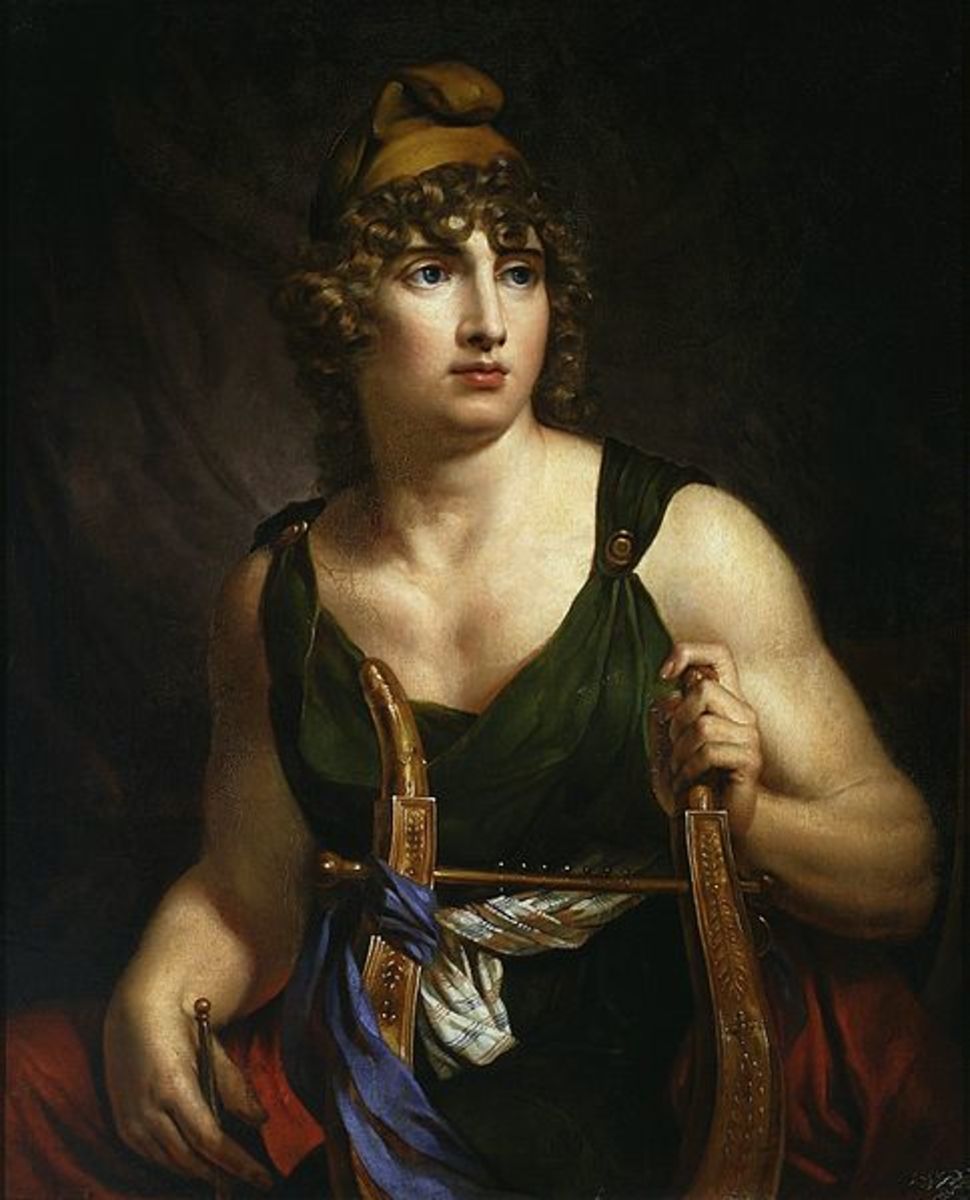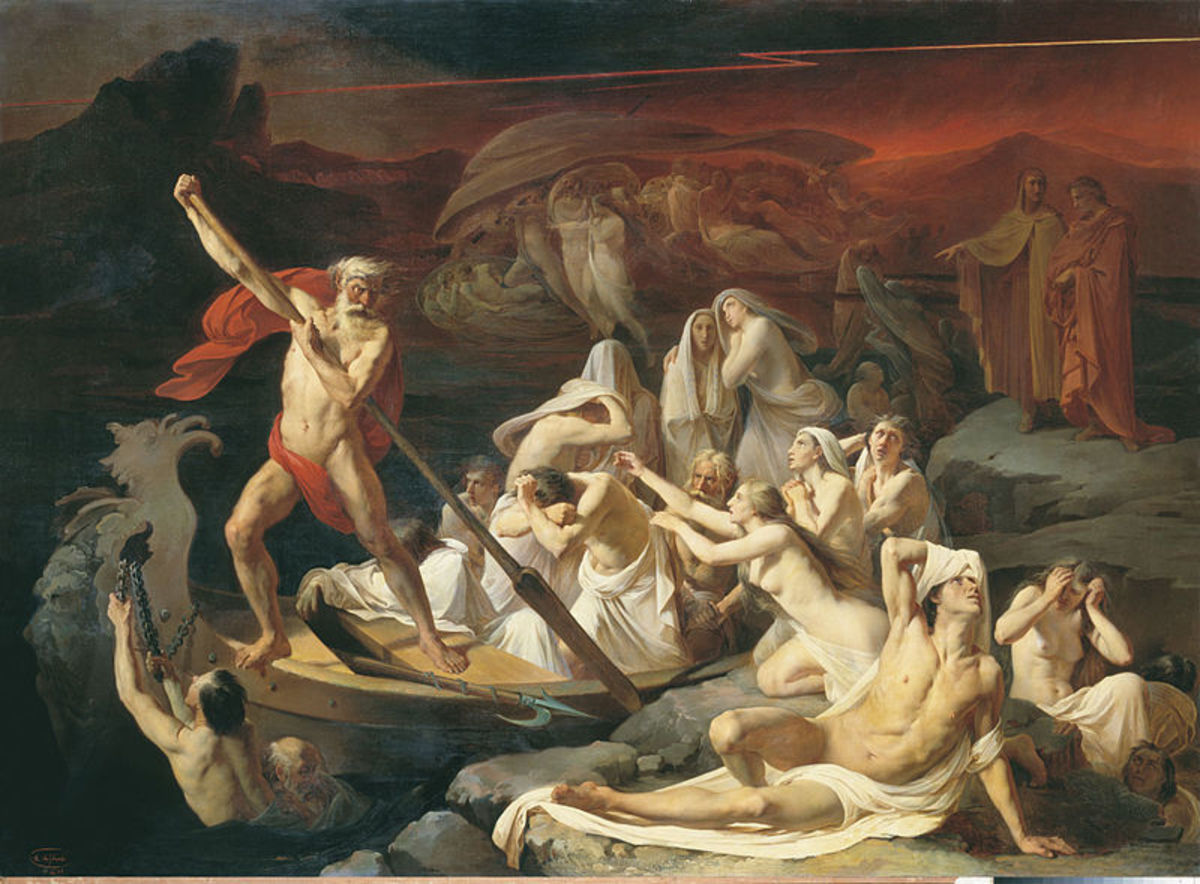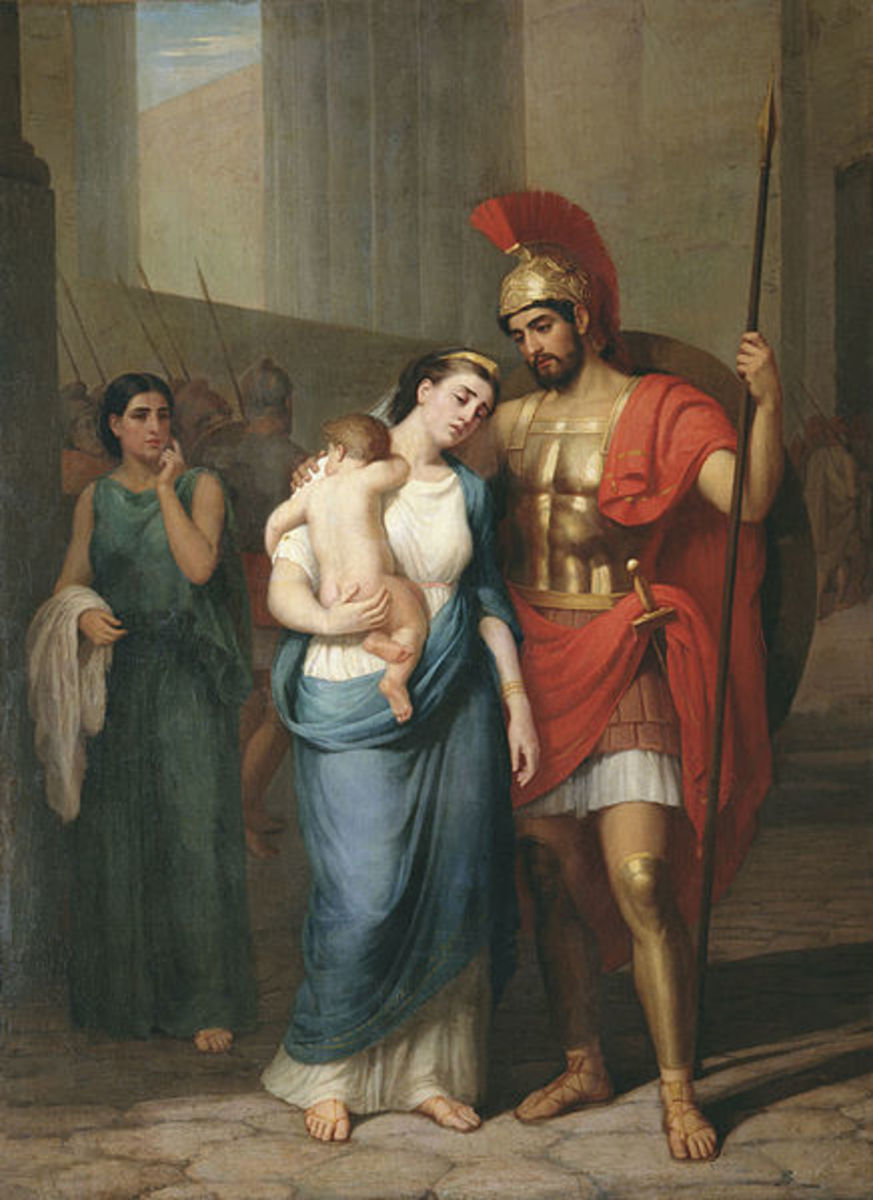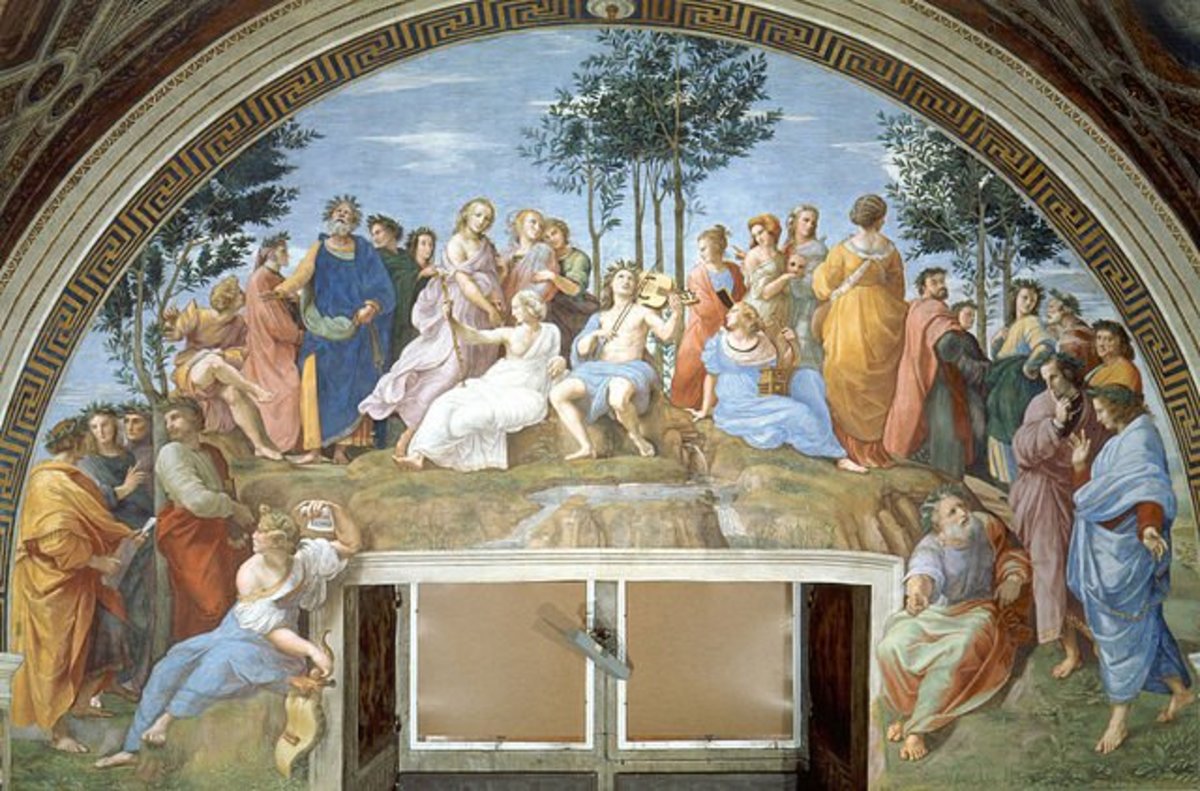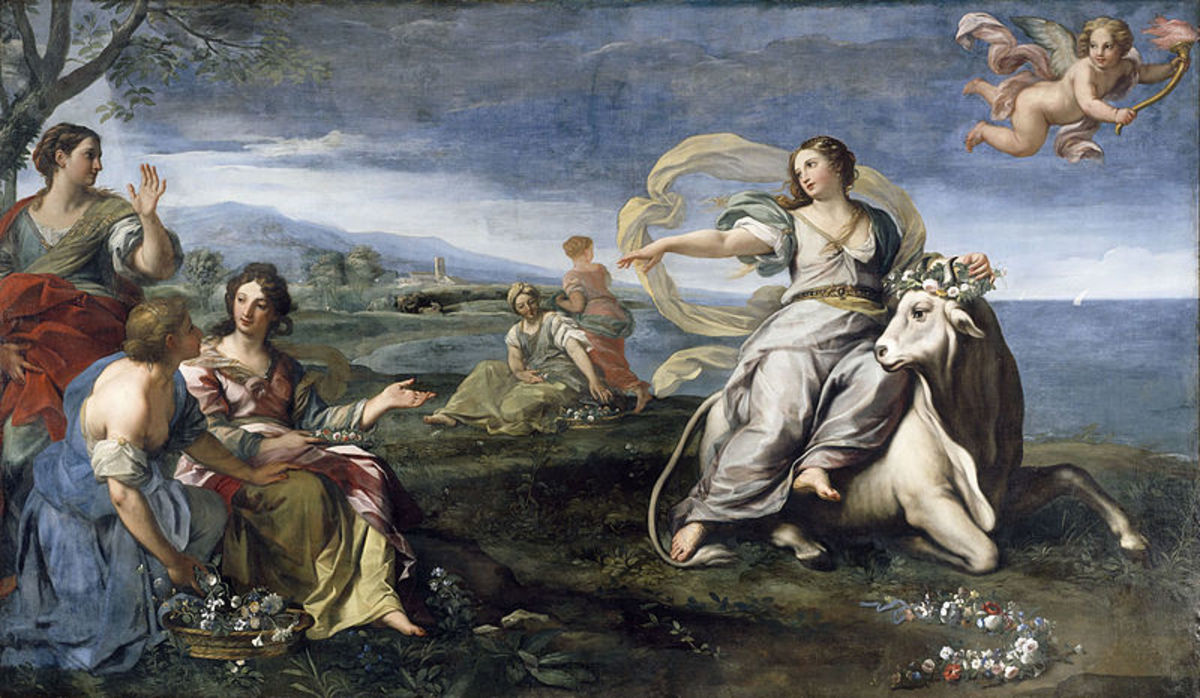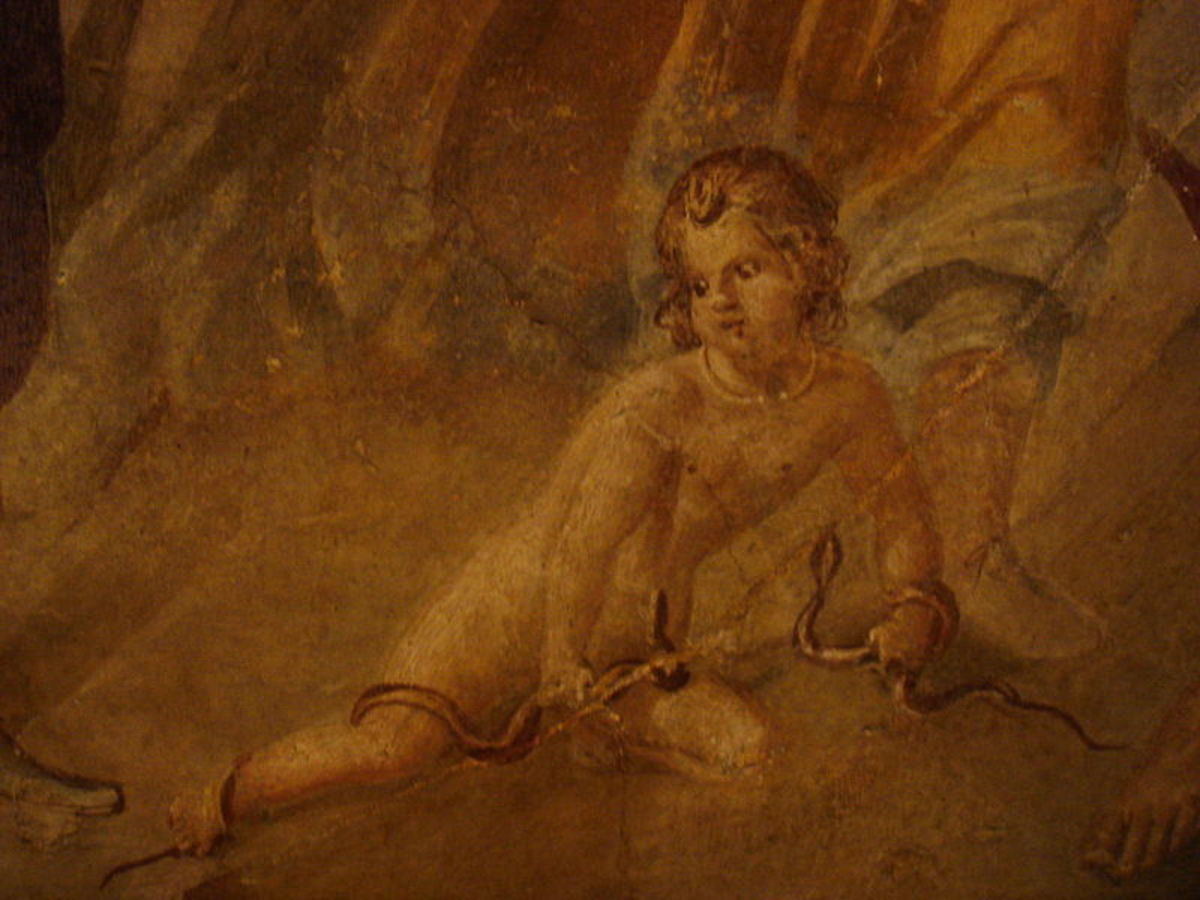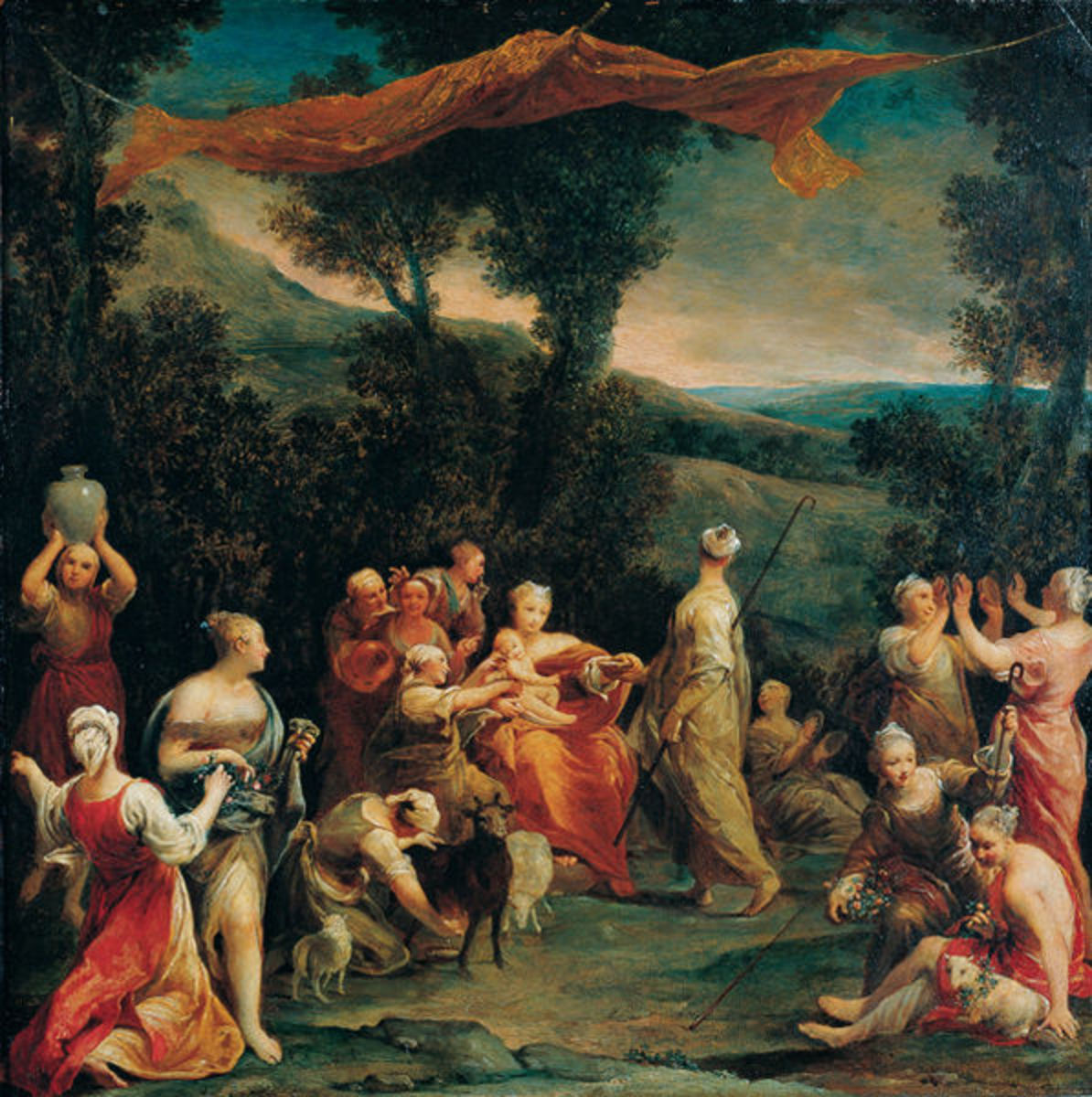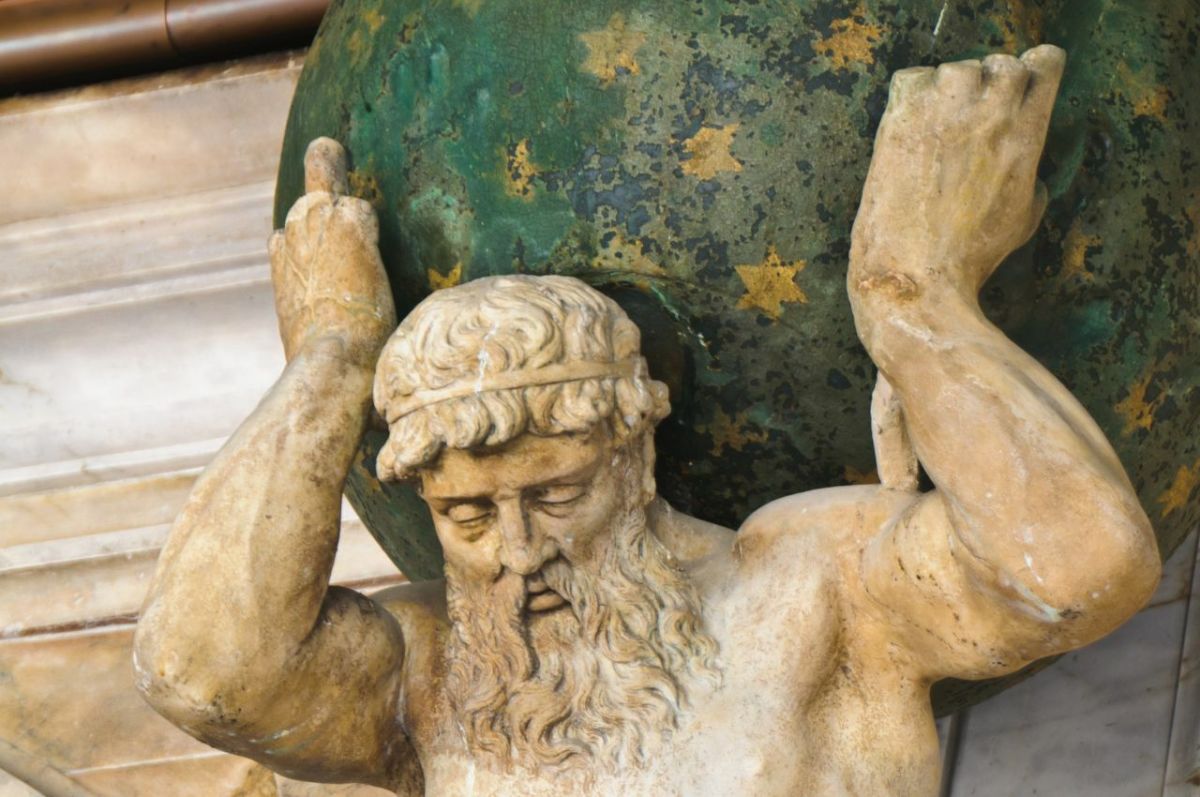- HubPages»
- Education and Science»
- History & Archaeology»
- Ancient History»
- Greek & Roman History
The Sea God Phorcys in Greek Mythology
Water is essential to life on earth, and in Ancient Greece, all different types of water were revered; with every river, stream, well and spring having a minor god or goddess associated with it. It was though, not just freshwater that had deities linked with it, and seas and oceans had their own even more powerful gods.
Seas and oceans, to the Ancient Greeks, were dangerous places to traverse, but could also provide bountiful catches of fish, and so it was only right that a strong deity was associated with such areas.
Today, the most famous sea-god from Greek mythology is Poseidon, but the brother of Zeus was a relatively newcomer to the pantheon of Greek sea-gods. Poseidon indeed was predated by the sea-gods, Pontus, Oceanus, Nereus and Phorcys.
Mosaic of Phorcys
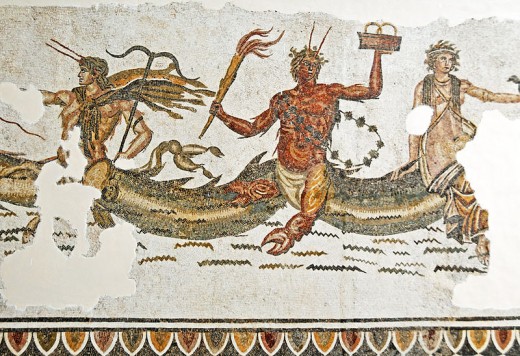
Phorcys in Greek Mythology
Phorcys was the son of the primordial deities Pontus (Sea) and Gaia (Earth), making him brother to Thaumas (sea wonders), Nereus (sea wisdom), Eurybia (mastery of the seas) and Ceto (sea dangers). Phorcys himself was the personification of the dangers of the sea’s depths, and the creatures that dwelt within it.
In antiquity, Phorcys was normally depicted as a grey-haired merman, with the tail of a fish. In addition to the normal imagery of the merman, Phorcys also had forelegs in the shape of crab claws, and crab-like skin. Strangely for an underwater deity, Phorcys is also often shown with a lit torch.
The Graeae Children of Phorcys
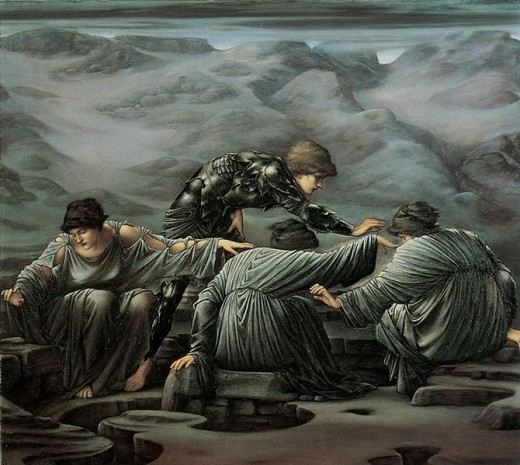
The Phorcydes - the Children of Phorcys
Rather than any particular myth, Phorcys is arguably more famous for his offspring, and Phorcys and Ceto were parents to many famous figures.
The Gorgons – The three Gorgons, Euryale, Stheno and Medusa, are today the most well known of Phorcys’ children; and the daughters of Phorcys are famously depicted in the adventure of Perseus, when the only mortal Gorgon, Medusa, was decapitated by the Greek hero. The three Gorgons were the personification of the reefs and underwater rocks that caught out the unwary sailor.
The Graeae – The Graeae were also three in number, and were normally named as Deino, Enyo and Pemphredo. These three daughters of Phorcys also appeared in the myth of Perseus, for they were the guardians of the location of the Gorgons. The three Graeae, who shared one eye and one tooth, were forced to give up their secret by Perseus. The Graeae were the personification of sea foam.
Heracles and Ladon
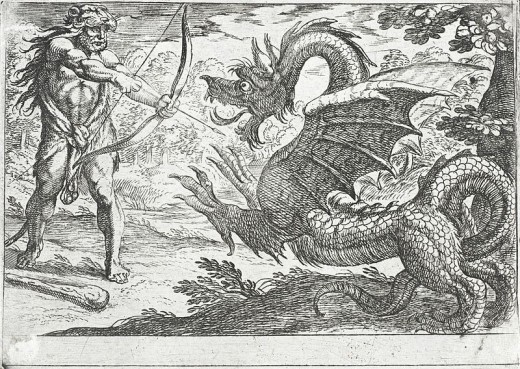
Echidna – Whilst not as famous as the Gorgons, the monstrous she-dragon, is actually named in many more stories. Echidna would partner with Typhon, and as well as producing many of the most famous monsters in Greek mythology, including the Chimera, Cerberus and the Sphinx, the pair would also go to war with the gods of Mount Olympus.
Ladon – Ladon was the snake-dragon that resided in the garden of the Hesperides, and guarded Hera’s sacred apples. Ladon was famously encountered by Heracles in one of his 12 Labours.
These offspring were named by Hesiod in the Theogony, the ancient source that is most comprehensive in such matters, but other sources also name additional offspring.
Homer calls Phorcys the father of Thoosa, who in turn was mother to Polyphemus; whilst Apollonius Rhodius also claims that the monstrous sea crab Scylla, was also an offspring of Phorcys.
Awareness of the dangers beneath the waves was an important aspect of mariners in Ancient Greece, and so this awareness was personified in the form of the dangerous sea-god Phorcys.
Hubs from other Hubbers
- The Greek Myth of how Perseus Killed the Gorgon Medu...
The Greek myth of the hero Perseus' famous quest to kill the snaky-haired Medusa, whose glance could turn you to stone. - Perseus and Danae - Greek Mythology
It came to Perseus that Polydectes, who wanted ever more power and riches, would also want even more protection. At the risk of his own life, Perseus promised Polydectes the head of Medusa.
Hubs from Colin Quartermain
- Scylla and Charybdis: Monsters of Greek mythology
Scylla and Charybdis were two of the monsters that existed in the stories of Greek mythology. Encountered by Odysseus, the pair would give rise to a saying, - Echidna Mother of monsters in Greek mythology
The name Echidna might not be the most famous in Greek mythology, but her role as a mother was vital, as she was the mother of many of the most famous monsters to appear in stories from Ancient Greece - The Graeae in Greek Mythology
The Graeae were the three Grey Sisters of Greek mythology. Famous for being the sisters of the Gorgons, the three Graeae were encountered by the hero Perseus in his quest for Medusa's head.

